The New South Wales coastline (and Newcastle in particular, which is where our practice is based) is glorious, but being an epicentre for sun, sand and surf comes at a cost. The downside is that the region’s a hotspot for skin cancer in a country which is already considered the melanoma capital of the world.
Be proactive with skin procedures
Realistically, everyone in Australia is exposed to high levels of UV radiation. Even so, you can go a long way towards avoiding problems, starting by being vigilant when it comes to your skin.
We encourage people to carefully examine their skin and to visit us or their skin specialist if they have any changes or any new skin lesions, where they’ll be reviewed. If necessary, a biopsy will then be taken or lesions removed for full diagnosis and treatment.
Even without risk factors, you need to check your skin
We are often asked whether there are particular stages in life where people need to be paying more attention to their skin, or whether particular groups are more at risk. The answer is that everyone is susceptible.
Although it’s true that if you have more fair skin, a family history of skin cancers, or were sunburned a lot as a child, then you’re more likely at risk.
However, in saying that, anyone can develop melanoma, which is why everyone from teens onwards should be doing self-examination and monitoring their own skin. That way, if anything changes or they’ve got any lesions they’re concerned about, they can present to us for a full skin review.
Know what you’re looking for
Check carefully for any new skin lesions. Keep an eye out too for any lesions that look abnormal compared to the rest, are changing colour or size, or are itchy, bleeding or annoying in any way—they definitely need to be checked.
Be aware of the bits you can’t see
One of the challenges of self-examination is being able to inspect what you might have, say on the back of your neck. When it comes to those trickier-to-view areas, have a partner monitor lesions or come in for a skin check.
What happens when you have a skin review
It’s a head-to-toe examination using dermoscopy or a dermatoscope to look at lesions and see if there are any abnormalities. In practical terms, that means getting down to your undies and having someone go over you with what looks like a small magnifying glass on a stick.
If anything is detected that’s abnormal, we explain what the options are, and we’ll usually undertake a biopsy or excision of those lesions. In our rooms, biopsies and excisions are conducted under local anaesthetic, followed by sutures.
Some lesions are appropriate for what we call cryotherapy, where we freeze the lesions off. Some lesions are appropriate for cautery, which is a thermal excision (burning them off). Other lesions require a biopsy or excision for histopathology, which is where we look at the lesion under a microscope to see if there are any signs of cancer in it. If there are signs of cancer, then further treatment is usually required. All follow-up appointments are in our clinic, including wound care and suture removal.



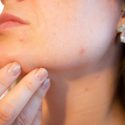
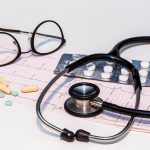

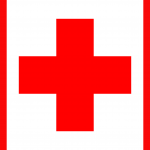
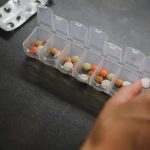

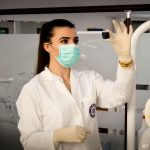




Sorry, comments are closed for this post.